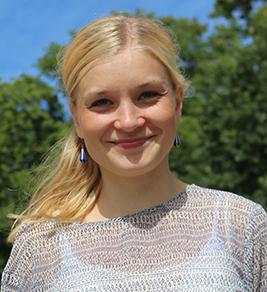Polar Peoples examines population trends across the Arctic over the past, the present, and into the future, using tools of demographic and geographic analysis to describe temporal and spatial trends in the size and composition of the Arctic populations, examine the causes of these changes, and the implications of these trends for the economies and societies of the Arctic regions and countries. Three different time periods are examined in Polar Peoples, each using different data and methods and different hypotheses.
Polar Peoples in the Past: The past examines the period from the first International Polar Year (IPY) in 1882-1883, the time of increased exploration of the Polar regions and start of intense interaction between the indigenous peoples of the Arctic and outsiders, to the most recent IPY of 2007-2008. Examination of past population trends in the Arctic is based on archival research and historical census records.
Polar Peoples in the Present: Analysis of current population trends in the Arctic is based on data from 2010 round of population censuses and other current demographic statistics.
Polar Peoples in the Future: Future population trends in the Arctic projects out one generation to 2050. Analysis of the future will be a combination of demographic projections, modelling, and fieldwork in the region to determine the size, composition, and distribution of Arctic population as well factors driving these trends and their implications, including the role that states play in affecting the populations of their northern and Arctic peripheries.
Polar Peoples will result in articles in academic journals, one of them being “Where did all the men go?: The Changing Sex Composition of the Russian North in the post-Soviet period” by Timothy Heleniak, a book, policy briefs, and a conference which brings together both researchers and statisticians and as well as policy makers from northern regions. Polar Peoples: Past, Present, and Future is supported by a grant from the U. S. National Science Foundation, Arctic Social Sciences Program (award number PLR-1418272).


